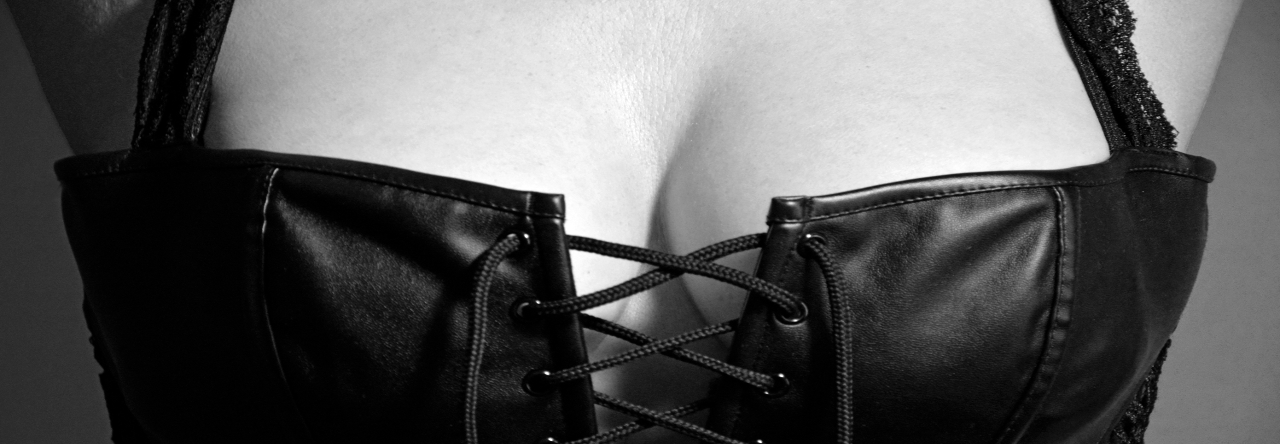I don’t often often feature nonfiction on my blog, but today I make a worthy exception.
This book – Sex and Sexuality in Tudor England – by fellow novelist and historian, Carol McGrath, promises to be something special. So, if you have a fascination with the Tudor period, this is a must read.
This blog is the first on a blog tour.
Over to you Carol..
There has long been an appetite by readers and film viewers for the Tudor period as portrayed in novels, sumptuous costume dramas and documentary film. Have you ever been curious about the Tudors’ view of sex and sexuality? My recently published book Sex and Sexuality in Tudor England reveals myths and truths about how our Tudor antecedents conducted their sexual relationships romantic affairs, and marriages. Amongst many interesting titbits I discovered whilst researching this book aphrodisiacs as used or thought about in Tudor times intrigued me.
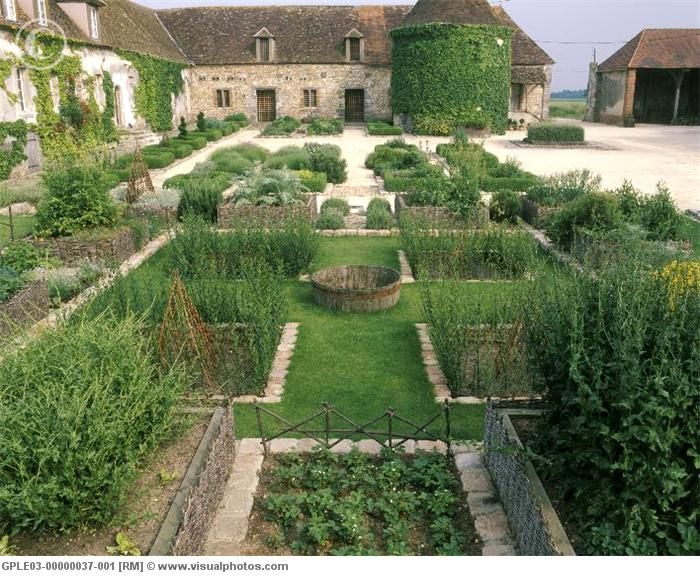
An aphrodisiac is a food, drink or drug that increases libido and enhances sexual pleasure and performance. These aids to sexual performance have been recorded throughout history. One of the earliest treatments for impotence appears in an ancient Hindu text known as Sushruta Samhita c.600 BC. It suggests powders of sesame and sali rice should be mixed with saindhara salt and a quantity of the juice of sugar cane mixed with hog’s lard and cooked with clarified butter. Medieval and Tudor people believed the food they consumed could influence their sex lives; it was all part of the humoral notion. They thought, according to medical theory, that food and drink was one of the things on which health should depend. A poor diet could cause illness but a patient could be restored to health by changes in diet. This sounds rather familiar.
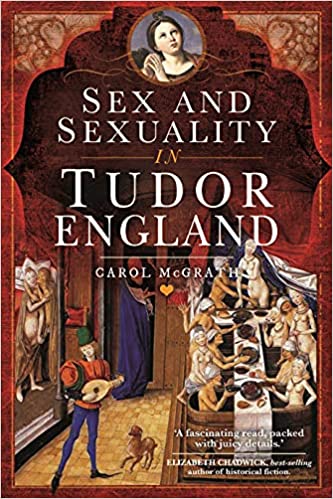
However, they also believed that food and drink could solve sexual problems including impotence and infertility. Medieval medical texts contained references to foods and sexual advice for the late medieval man. Constantine the African was a translator of Arabic medieval texts into Latin. He lived in Salerno, Italy’s medical centre during the medieval era. His text on human fertility, De Coitu, has a section on foods and herbs which provoke desire. These were foods that were likely to generate semen and incite a man to intercourse. He also suggested foods to dry up and diminish semen so that men could eat according to whichever condition they suffered- whether too much desire or too little of it. Medieval doctors believed semen was a processed form of blood and therefore derived from food.
Three types of food were conducive to the production of semen and were grouped as nourishing foods, foods especially windy and foods that are warm and moist. Chickpeas contain all three and were considered an aphrodisiac. Other foods they thought drew out and produced semen were fresh meat, pepper, wine, brains, and egg yolks. However, cold foods such as fish, cucumber and lettuce might repress, impede or thicken semen and therefore destroy lust.
Aphrodisiac recipes were included in handbooks and regimes to help Tudor men with their sexual problems. Cloves in milk and blueberry juice, the brains of small sparrows, grease surrounding the kidneys of a freshly killed billy goat, all these might treat impotence. On the other hand, rue, powdered and added to a potion, could be drunk to dry out sperm, and the juice of water lilies taken for forty days might take care of the over-sexed problem.
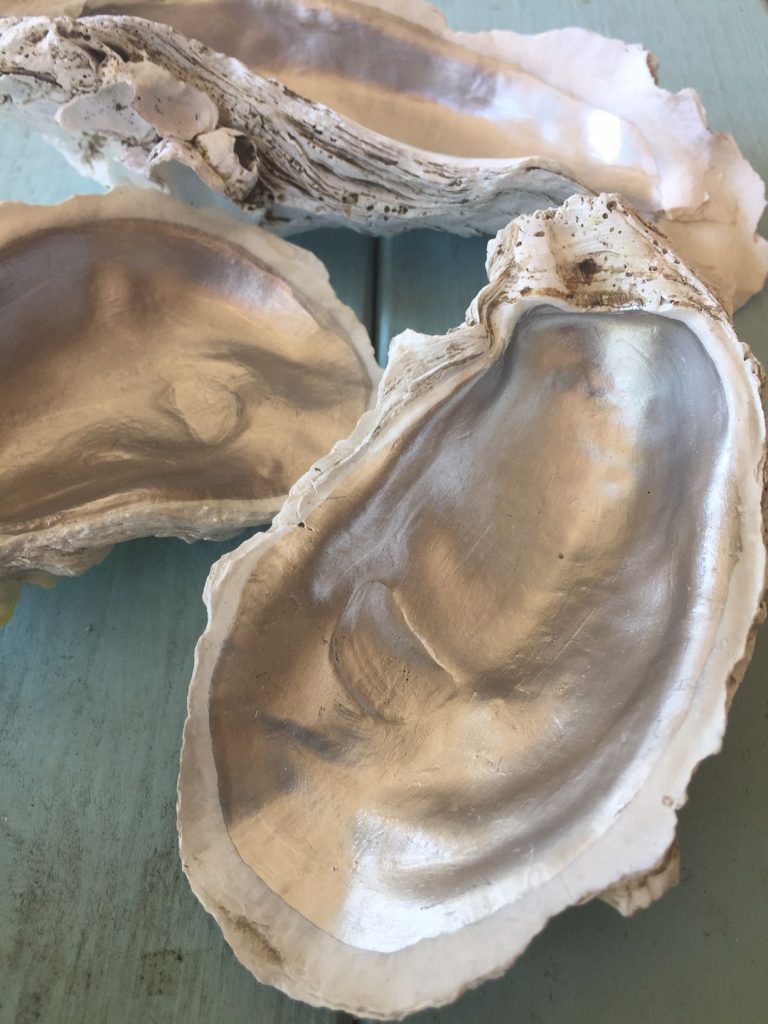
The oyster is the most well-known and enduring of aphrodisiacs. During the sixteenth century oysters came into their own as a libidoenhancing culinary food. In 1566 Alain Chartier suggested oysters ‘doe provoke lecherie.’ Pickled oysters were sold in brothels in 1646. It is likely they were also sold in brothels during the previous century as a sex-inducing food. This no doubt stems from the fact that an oyster has a resemblance to the vulva with soft folds of pink, salty flesh with nestling pearls. It was slang for vulva during the sixteenth century and later the figure of an oyster girl selling them on the streets became associated with sex workers. There has been no scientific evidence that oysters are an aphrodisiac although they are a healthy food. Shellfish, though, are associated with Aphrodite-Venus who was allegedly born from the sea and appears in Botticelli’s Birth of Venus.
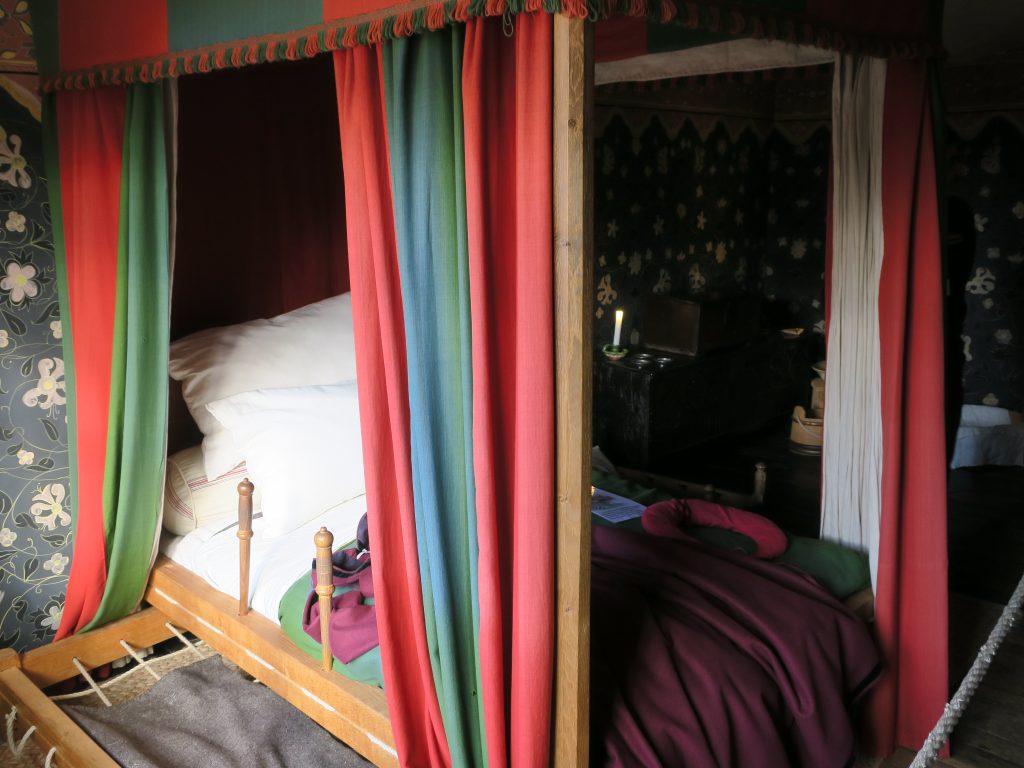
DID YOU KNOW ?
An anophrodisiac, the opposite of an aphrodisiac, was intended to supress libido and impair sexual function. Anophrodisiacs fell into three categories: starving the body, cooling the body and sedating the body. Sedating might be achieved through fasting and rigorous exercise. Early Christian saints regularly fasted to purify the body and monks would starve for long periods to control their sexual hunger and desire for food.
Regimen Studies by Maino de Maineri suggests the man who wished to avoid the production of semen and repress lust should make use of cold foods such as lentil water cooled with cauliflower seeds, water lily and lettuce seeds, lettuce water made slightly vinegary, or seeds of purslane. Camphor was considered useful to dry out lustful parts and if rubbed on the penis might keep the member flaccid. Spicy hot food could inflame the senses but cucumbers were cool and bland and even though phallic in shape were considered an effective anophrodisiac.
In the sixteenth century Francis Rabelais suggested, in addition to the benefits of water lily seeds, willow twigs, hemp stalks, woodbine, honeysuckle, tamarisk, mandrake, and the dried out skin of a hippo. In a way, Rabelais was sending up medieval quackery.
I am not sure I would want to put much store in any of the remedies above. This information carries a health warning. Don’t try it at home!
You can buy Sex and Sexuality in Tudor England here– https://tinyurl.com/2p9ayfca
Bio
Following a first degree in English and History, Carol McGrath completed an MA in Creative Writing from The Seamus Heaney Centre, Queens University Belfast, followed by an MPhil in English from University of London. The Handfasted Wife, first in a trilogy about the royal women of 1066 was shortlisted for the RoNAS in 2014. The Swan-Daughter and The Betrothed Sister complete this highly acclaimed trilogy. Mistress Cromwell, a best-selling historical novel about Elizabeth Cromwell, wife of Henry VIII’s statesman, Thomas Cromwell, published by Headline in 2020. The Silken Rose, first in a Medieval She-Wolf Queens Trilogy, featuring Ailenor of Provence, was published on 2nd April 2020. This was followed by The Damask Rose. The Stone Rose will be published April 2022 completing the Trilogy. Carol is writing Historical non-fiction as well as fiction. Sex and Sexuality in Tudor England was published in January 2022.
***
Many thanks for visiting today Carol, good luck with your new book and your blog tour.
Kay x
(This blog also features on my www.jennykane.co.uk website)
